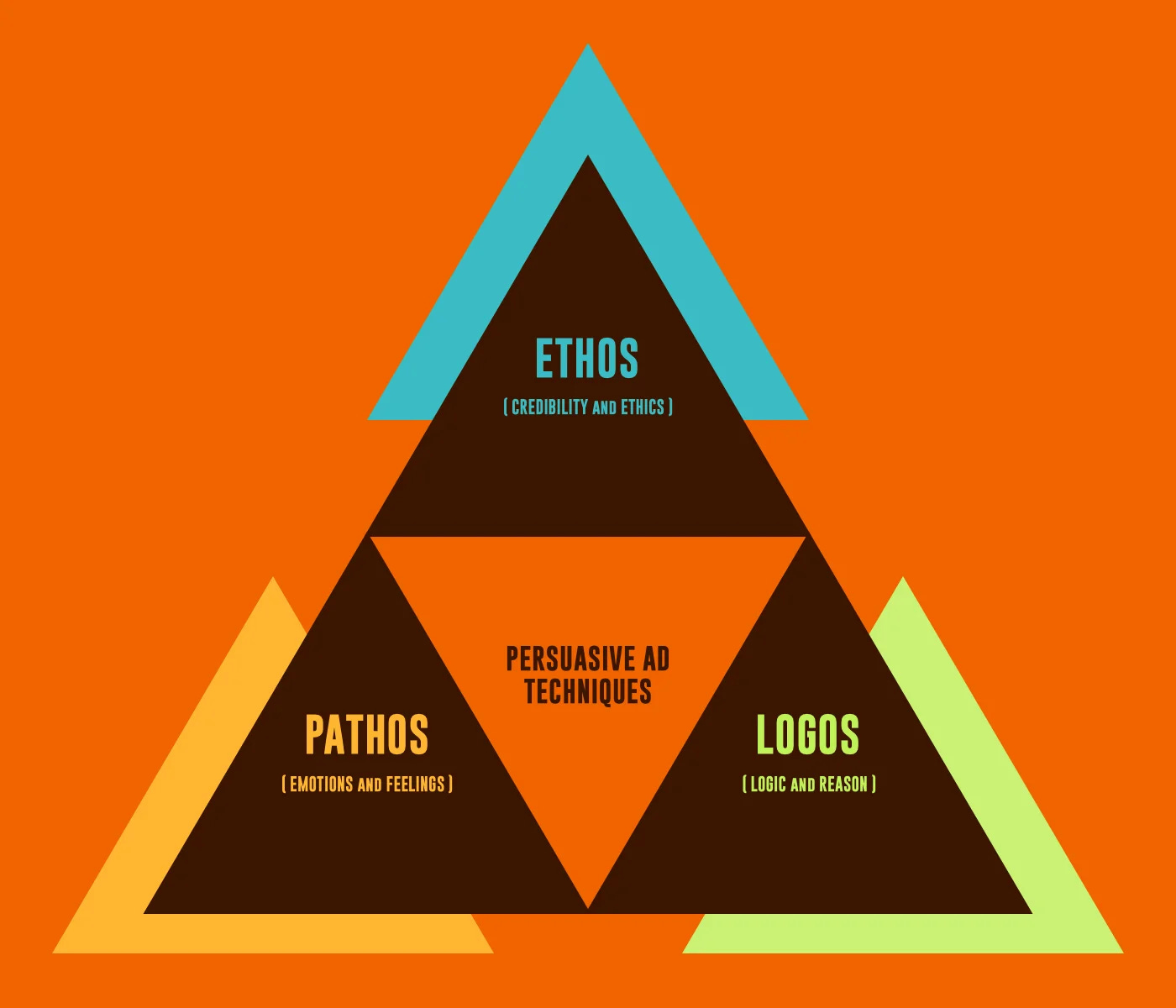The Three Types of Product Manager Leaders—and How to Influence Them
Product leadership is multifaceted, but great leaders often excel in one of three archetypes: Thinkers, Builders, and Harmonizers.
These categories aren’t just labels; they represent distinct strengths, default mindsets, and approaches to leadership. Understanding these archetypes and how to tailor your influence to them is a skill every aspiring leader should master.
In his interview on Creator Economy, Amit Fulay, VP at Microsoft, dives deep into the dynamics of product leadership. His insights on how the top 1% of PMs operate serve as a playbook for influencing leaders across these three archetypes.
Thinkers, Builders, and Harmonizers: The Framework
Amit categorizes product leaders into three key types:
Thinkers: These visionaries are big-picture leaders, focused on the future and brimming with ideas. Their strengths lie in strategic thinking and charismatic influence. However, they can struggle with details, structured processes, and connecting their ideas to measurable results.
Builders: Builders thrive on execution. They excel at getting things done, navigating trade-offs, and creating operational efficiency. Their challenge often lies in storytelling or inspiring others to rally behind a vision.
Harmonizers: Harmonizers prioritize collaboration, relationships, and alignment. They are selfless leaders who bring people together and foster a sense of shared purpose. On the flip side, they may avoid conflict or struggle with speed when quick decisions are needed.
This framework is not just a way to categorize leaders—it’s a guide for how to adapt your communication and influence strategy based on their strengths and weaknesses.
How to Influence Each Type
Amit highlights the importance of tailoring your approach to the type of leader you’re working with, and this advice resonates deeply. It’s all about knowing your audience and aligning your messaging to what they value most:
Thinkers: Lead with storytelling. Paint a vivid picture of the future and articulate the long-term impact of your ideas. Avoid overwhelming them with excessive details or operational plans—focus on the “why” before the “how.”
Builders: For these execution-focused leaders, bring data, analysis, and practical reasoning to the table. Show them how your ideas can be implemented with precision and how they fit into existing plans.
Harmonizers: Harmonizers value relationships and stakeholder alignment. Focus on creating consensus and highlighting the shared wins. Collaboration and buy-in matter more to them than individual success stories.
Aristotle’s Persuasion Principles in Product Management
Aristotle’s Persuasion Principles in Product Management
As Amit's insights show, influencing product leaders aligns closely with Aristotle’s timeless principles of rhetoric: ethos, pathos, and logos.
In his book Rhetoric, Aristotle identified these three modes of persuasion, still widely used in modern communication. As outlined in this StudioBinder article:
Ethos appeals to credibility, focusing on the trustworthiness and authority of the speaker.
Pathos elicits emotions in the audience, drawing them in with relatable stories and feelings.
Logos relies on logic, focusing on facts, data, and reason to make a compelling argument.
These categories map naturally to influencing the three types of product leaders:
Builders resonate with logos, as they value data and operational feasibility.
Thinkers respond to pathos, driven by vision and storytelling.
Harmonizers lean on ethos, valuing trust and alignment over other factors.
Although these principles date back centuries, they remain foundational in modern product management.
Adapting to the Future of Product Leadership
In the same interview with Creator Economy, Amit shares his thoughts on how product management is evolving. With the rise of AI and interdisciplinary tools, the most valuable leaders will be those who can combine technical understanding with deep empathy for human problems.
Empathy, as Amit emphasizes, is deceptively hard to master. It requires stepping outside your own bubble and connecting with diverse perspectives. Whether you're influencing a Thinker, a Builder, or a Harmonizer, empathy remains the cornerstone of trust and effective communication.
The Bottom Line
The next time you prepare for a meeting, think about the type of leader you're presenting to. Are they a visionary Thinker, an execution-focused Builder, or a relationship-driven Harmonizer? Tailor your approach accordingly, and you'll not only deliver your message more effectively but also build stronger, lasting partnerships.
For more insights on this topic, check out the full interview with Amit Fulay on Creator Economy. His strategies for influencing product leaders and climbing the trust ladder in your career are invaluable for any PM looking to elevate their game.
What type of product leader resonates most with your style? And how do you tailor your influence strategies for the leaders you work with? Share your thoughts below!





